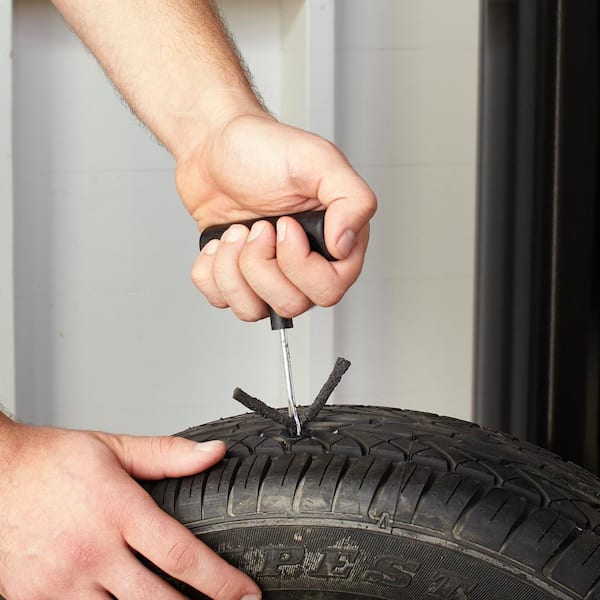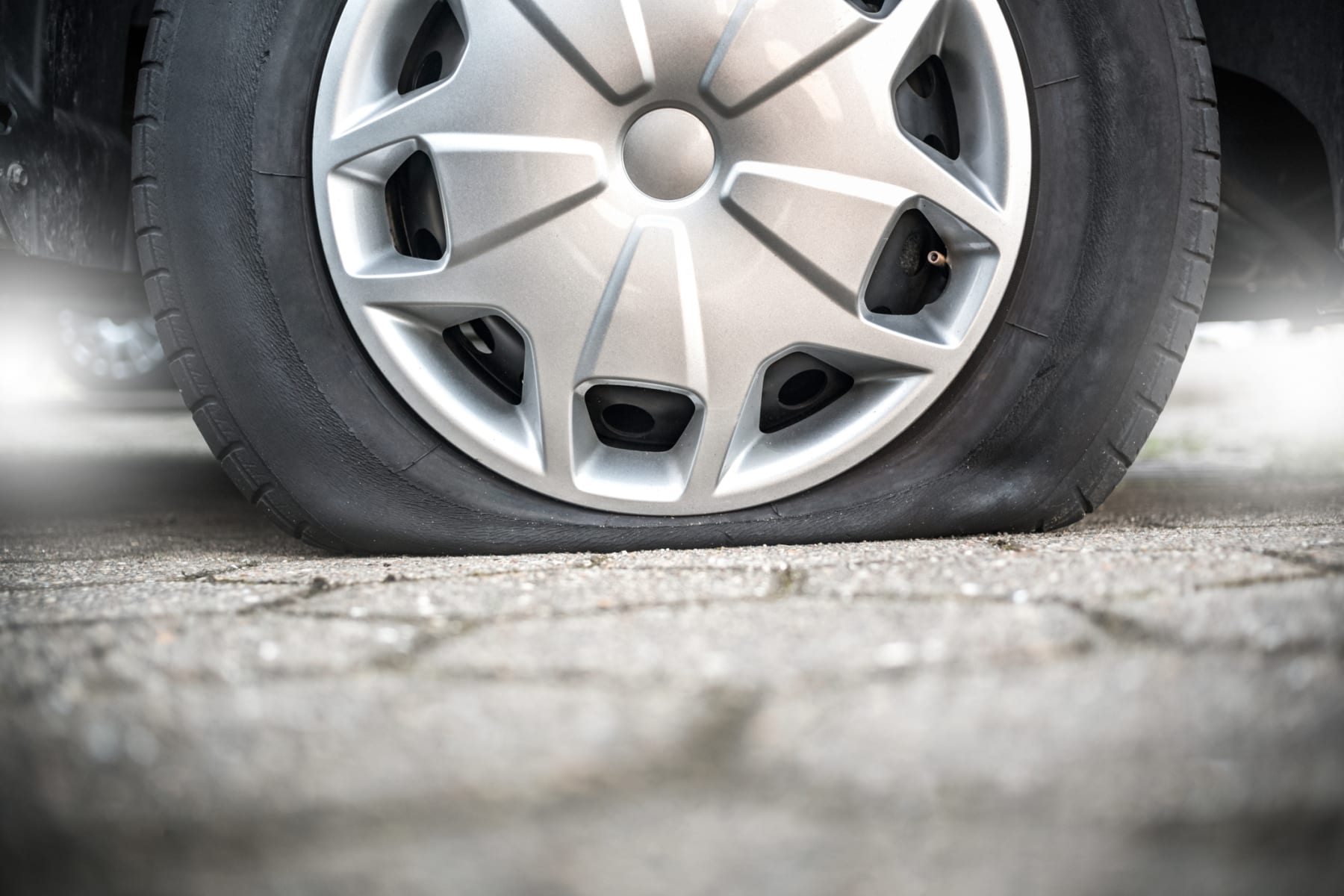Morris Tire: Your Neighborhood Tire Experts
Morris Tire: Your Neighborhood Tire Experts
Blog Article
The Ultimate Tire Fixing List for Security and Savings
Maintaining optimal tire problems is an essential aspect of ensuring safety when traveling and maximizing cost-efficiency over time. From tire stress to walk depth, each element plays a vital function in the overall efficiency of your car. There are key aspects and checkpoints that typically go unnoticed however can considerably influence the life-span and performance of your tires. By adhering to a thorough tire repair checklist, you can proactively resolve these areas and potentially avoid unpredicted issues. Allow's explore the crucial steps that can guard both your security and your cost savings - tire shop near me.
Significance of Tire Maintenance
Routine tire upkeep is critical for making sure car safety and expanding the life expectancy of your tires. Additionally, revolving your tires at suggested intervals advertises also tread wear, leading to a much longer life expectancy for your tires and far better handling of your automobile.
Additionally, normal tire assessments can help recognize prospective concerns such as leaks, cuts, or bulges, which if left ignored, could cause tire failure. tire tracks morris il. Correct alignment and balancing add to a smoother ride, boosted gas performance, and prevention of irregular tire wear. To conclude, focusing on tire maintenance not just guarantees your safety on the roadway but likewise conserves you money by prolonging the life of your tires and avoiding pricey repair work or substitutes
Checking Tire Pressure
Making certain the proper inflation of your tires is a basic aspect of lorry maintenance that directly influences safety and performance. Right tire stress not just enhances handling and braking however likewise adds to fuel effectiveness. To inspect tire stress, utilize a tire pressure gauge to determine the air stress in each tire, consisting of the spare. Describe the lorry manufacturer's recommended PSI (pounds per square inch) levels, normally located on a sticker inside the vehicle driver's door, in the owner's manual, or online. It is a good idea to examine tire stress when the tires are cool, as driving warms the tires and increases pressure readings. Remember to evaluate pressure degrees regularly, at the very least as soon as a month, and eventually journeys. Overinflated or underinflated tires can bring about irregular walk wear, minimized grip, and possible blowouts. By keeping appropriate tire stress, you not only ensure your safety but also extend the life expectancy of your tires and optimize gas economic climate.
Inspecting Footstep Deepness
To guarantee optimal safety and security and performance of your vehicle, an essential aspect of tire upkeep involves examining the step deepness on a regular basis. The walk on your tires plays a vital duty in preserving grip when driving, especially in damp or slippery my explanation problems - morris tire. Not enough walk deepness can result in lowered hold, longer stopping distances, and an increased threat of hydroplaning
The majority of new tires have a walk deepness of around 10/32 to 11/32 of an inch. The minimal legal tread deepness restriction is 2/32 of an inch in most states, however for enhanced safety, it is advised to replace tires more information prior to they reach this restriction.

Consistently inspecting your walk deepness and changing tires when essential will not only improve your security when driving but likewise add to set you back financial savings by improving fuel efficiency and prolonging the life expectancy of your tires.
Identifying Tire Damages
Inspecting your tires for signs of damage is crucial for keeping roadway security and avoiding potential threats. When checking your tires, look out for cuts, leaks, bulges, splits, and any kind of various other abnormalities on the tread or sidewall.

Expanding Tire Life-span
Routine upkeep practices and appropriate driving behaviors are key aspects in taking full advantage of the longevity of your tires. To prolong the lifespan of your tires, this post begin by guaranteeing they are correctly blown up according to the producer's suggestions. Underinflated tires can lead to enhanced wear and reduced gas efficiency. Furthermore, revolve your tires frequently to advertise also step wear. This practice helps to prolong the life of your tires by making certain that they wear down uniformly. Keeping your wheels properly lined up is likewise critical in preventing uneven wear patterns that can shorten tire life expectancy. Moreover, preventing abrupt quits, doglegs, and speeding can decrease unnecessary wear and tear on your tires. On a regular basis inspect your tires for indications of damage, slits, or uneven wear, and address any kind of concerns quickly to stop more damages. By following these practices, you can dramatically prolong the life-span of your tires, conserving you cash over time.

Final Thought
To conclude, routine tire upkeep is vital for guaranteeing security and saving cash in the long run. By inspecting tire pressure, evaluating walk deepness, determining tire damages, and extending tire life-span, vehicle drivers can avoid crashes and costly repair services. Focusing on tire upkeep is a simple yet reliable way to remain risk-free when traveling and avoid unneeded expenditures.
Report this page